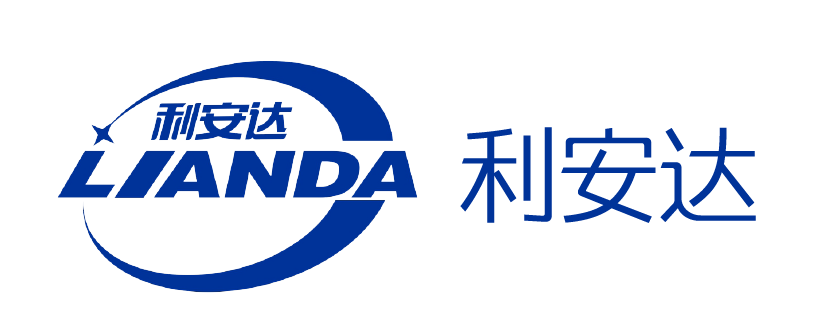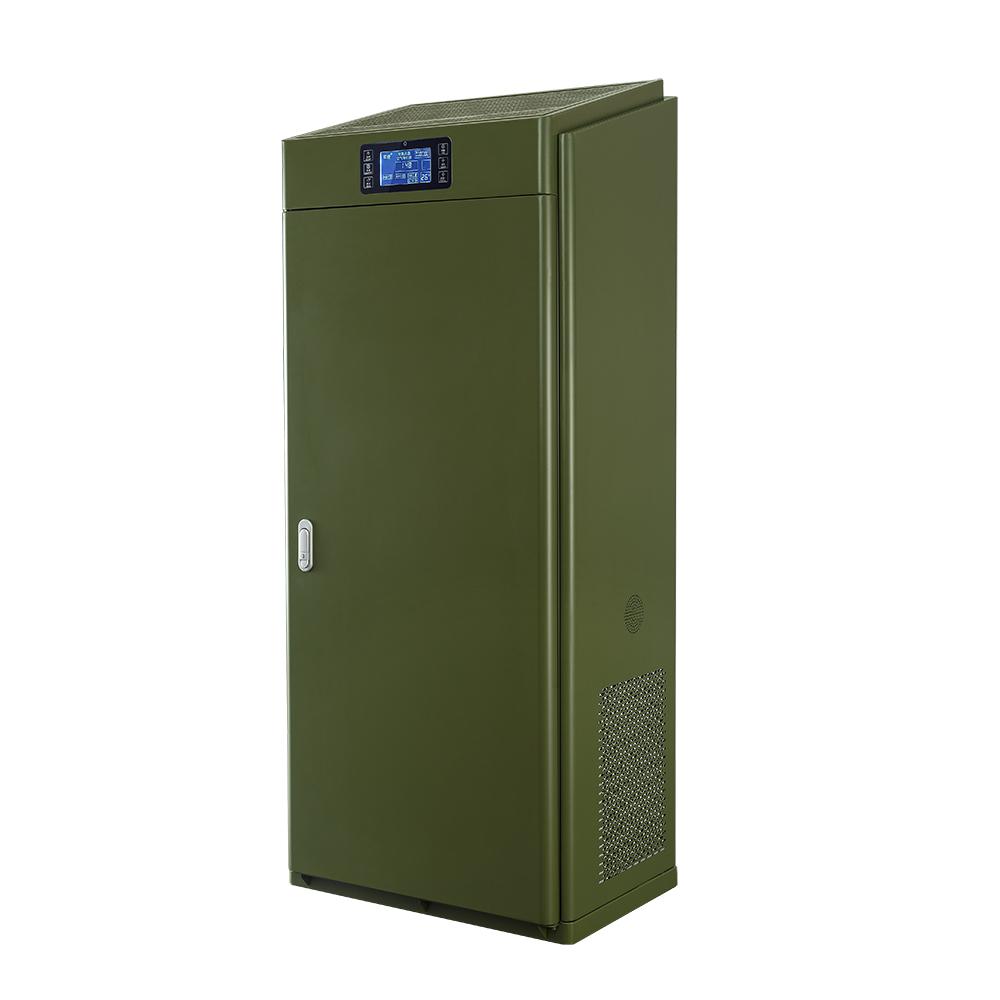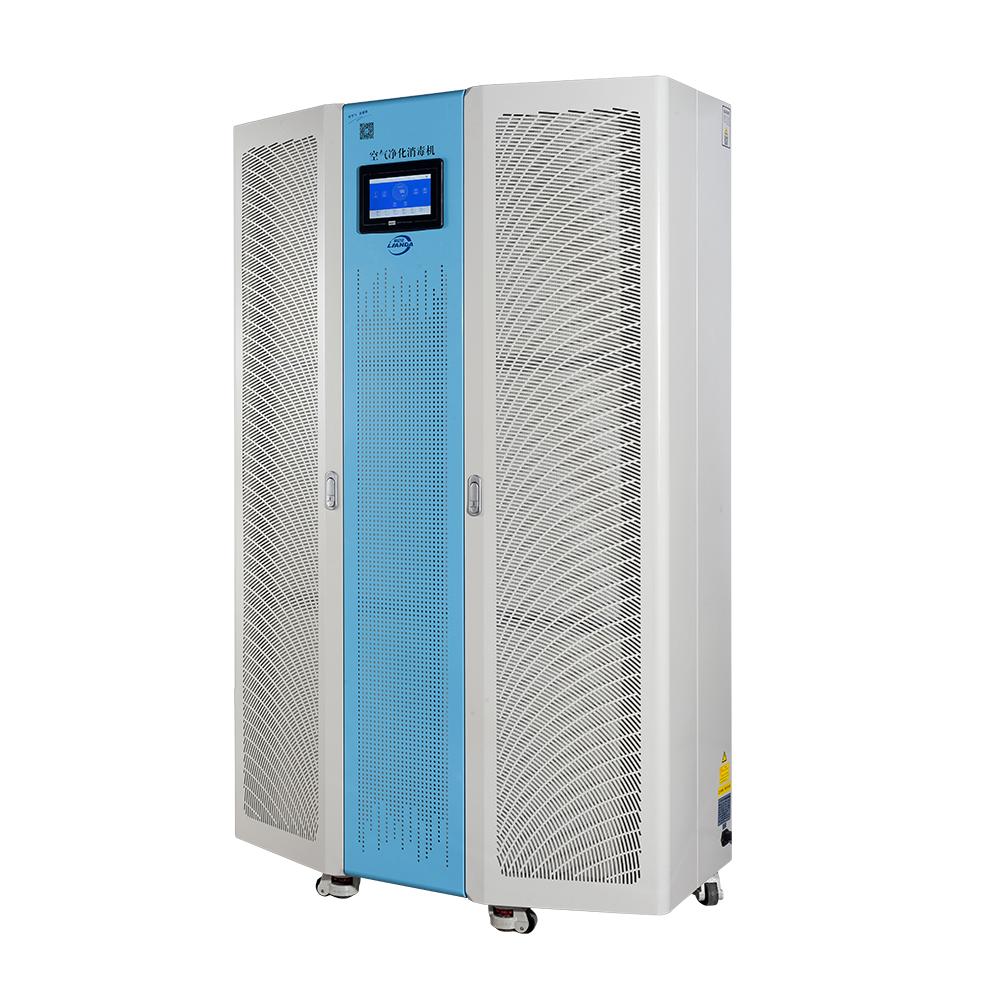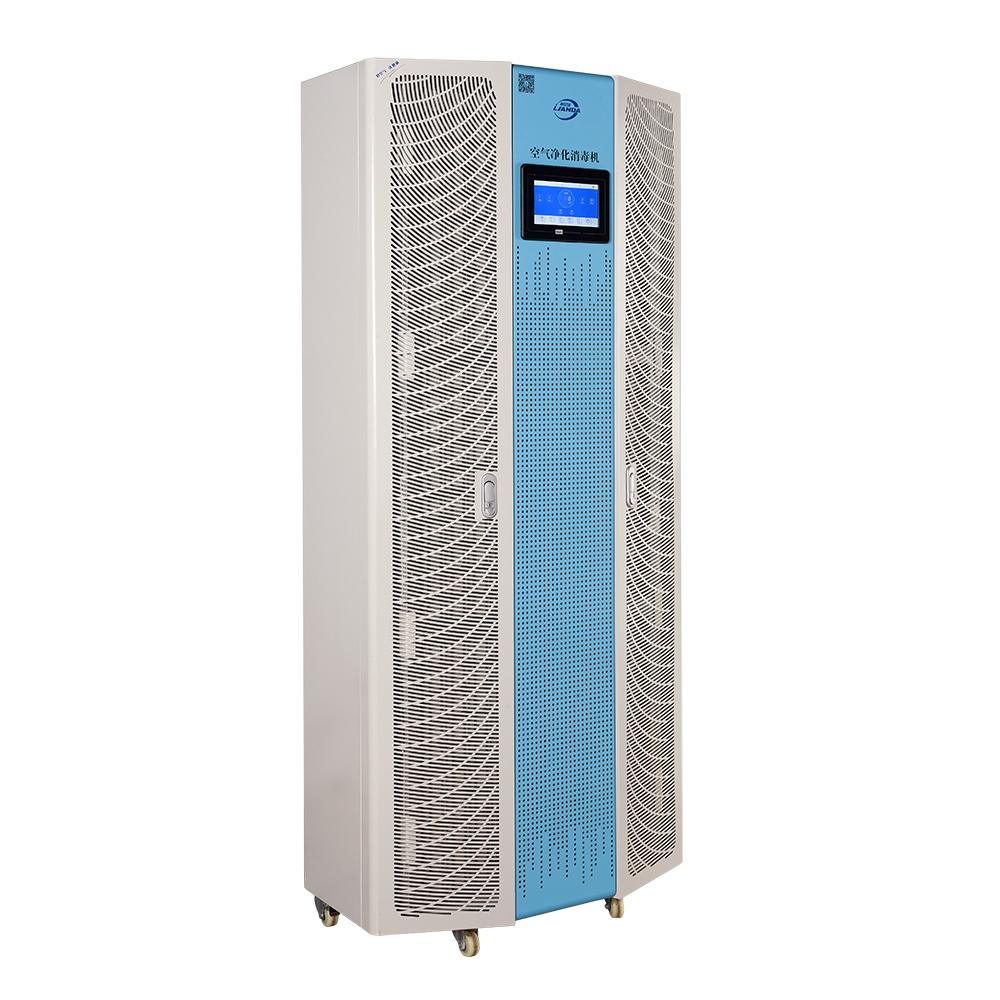Analysis of air purification industry trends in Southeast Asia (2025)
1. Market demand continues to rise, and driving factors are diversified
Air pollution and health awareness are increasing
Affected by the accelerated industrialization and urbanization process, air pollution problems in Southeast Asia are becoming increasingly serious. According to data from the World Health Organization, 80% of the world's population lives in areas where air quality does not meet standards, and the PM2.5 concentration in cities in Southeast Asian countries such as Indonesia and Vietnam exceeds standards all year round, driving a surge in consumer demand for air purification products. In addition, health awareness has significantly improved after the COVID-19 pandemic, and about 70% of consumers are willing to pay for improved indoor air quality, especially for home and medical purification equipment.
Driven by urbanization and infrastructure demand
The average urbanization rate of the five Southeast Asian countries (Indonesia, the Philippines, Malaysia, Thailand, and Vietnam) is only 55.7%, which is equivalent to China's level in 2014. In the future, the concentration of population in cities will generate a large amount of infrastructure demand, including residential, commercial buildings and municipal engineering (such as water supply and sewage systems). For example, Indonesia's capital relocation plan involves large-scale infrastructure projects, which directly drives the penetration of air purification equipment in public facilities and civil fields.
The rise of the middle class and consumption upgrade
The number of middle class in Southeast Asia is growing rapidly, and the demand for intelligent and high-end products has increased significantly. Consumers not only pay attention to basic purification functions, but also pursue additional functions such as energy saving and environmental protection, APP remote control, etc. For example, the smart air purifier launched by Midea realizes real-time monitoring through the Internet of Things technology.

2. Acceleration of product iteration and technological innovation
Intelligent and multi-functional integration
Air purifiers have developed from a single purification function to an integrated "purification + humidification + sterilization", and the application of AI and Internet of Things technologies has become mainstream. For example, some brands use APP to achieve remote control and air quality data analysis to meet the needs of young consumers for smart homes. In addition, subcategories such as portable and car purifiers have grown rapidly due to the diversification of scenarios.
Localization and differentiated competition
Chinese companies have developed customized products for the climate characteristics of Southeast Asia (such as high humidity), such as moisture-proof filters and high-temperature resistant motors. At the same time, the price stratification is obvious: head brands (such as Midea and Gree) occupy the high-end market, and small and medium-sized enterprises seize the low-end market share through cost-effective products.
3. Industrial Chain Layout: Global Advantages of Chinese Enterprises
Supply Chain Localization and Cost Optimization
Chinese air purifier manufacturers have established production bases in Southeast Asia (such as Indonesia and Thailand) to achieve localized production to reduce tariffs and logistics costs. For example, China Lesso has deeply participated in Southeast Asian infrastructure projects through localized production of plastic pipes, and its overseas revenue increased by 15% year-on-year in the first half of 2024.
Technology Output and Brand Building
Chinese enterprises have independent and controllable advantages in filter technology, intelligent systems and other fields, and enhance brand awareness through social media and localized marketing.
4. Policy and Competition Landscape
Policy Dividend Release
The US tariff policy exempts some Chinese export products from tax, reducing corporate costs; the air quality improvement plan promoted by the World Health Organization also indirectly promotes market demand. Southeast Asian countries such as Indonesia have introduced infrastructure support policies (such as 195 national strategic projects) to pave the way for the application of air purification equipment in the engineering field.
Concentrated Competition Landscape
The market presents a tiered distribution: leading enterprises (such as Midea and Haier) consolidate their position through R&D investment and globalization strategies, occupying more than 40% of the Southeast Asian market share; small and medium-sized enterprises focus on segmented scenarios (such as purifiers for hospitals) to achieve differentiated competition. It is expected that the market concentration will further increase in the future, and technical thresholds and brand barriers will become the key.
V. Future Trends and Challenges
Growth potential and risks coexist
The Southeast Asian air purifier market is expected to grow at a compound annual growth rate of more than 10% from 2025 to 2028, and the market size is expected to reach tens of billions of dollars. However, challenges include: imperfect local supply chains, limited consumer acceptance of high-priced products, and European and American brands competing for the market through the "friendly shore outsourcing" strategy.
Technology integration and green transformation
Purification equipment driven by nanotechnology and renewable energy may become a new direction. In addition, stricter environmental regulations (such as carbon emission restrictions) will drive the industry to transform to green manufacturing.
The air purification industry in Southeast Asia is in a period of rapid development, with market demand, technological innovation and policy support forming a synergy. The cost advantages and technological accumulation of Chinese companies provide opportunities for them to seize the market, but they need to continue to strengthen localized operations and brand influence. In the future, intelligence, scene segmentation and green technology will become the core engine of industry growth.




